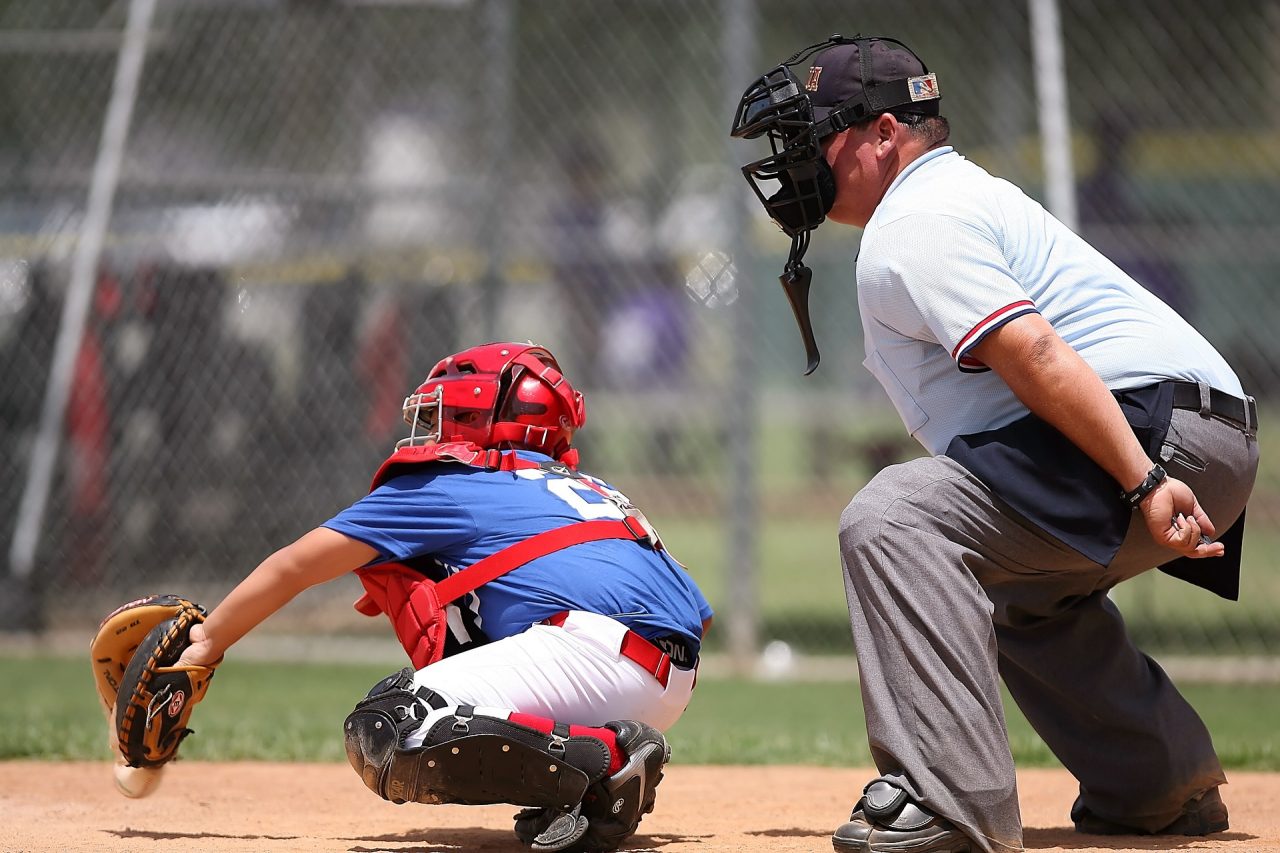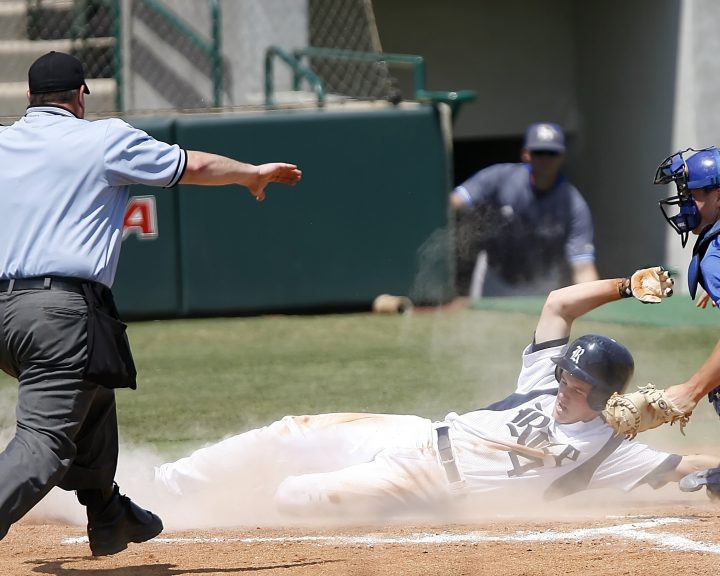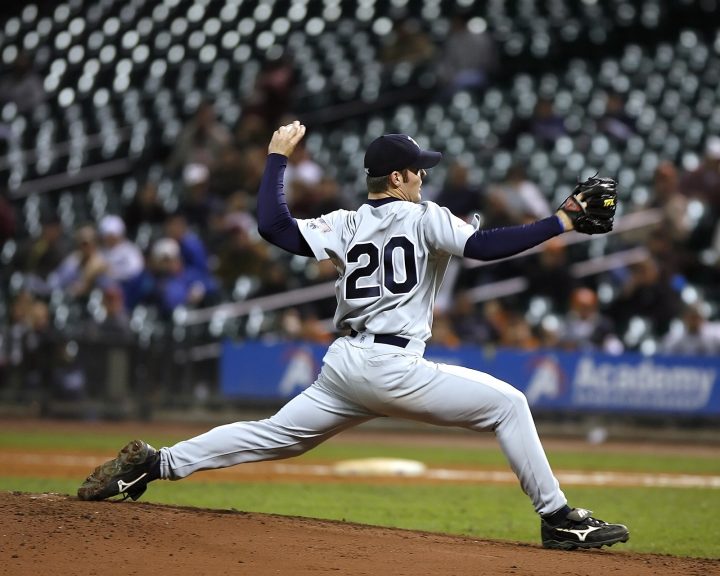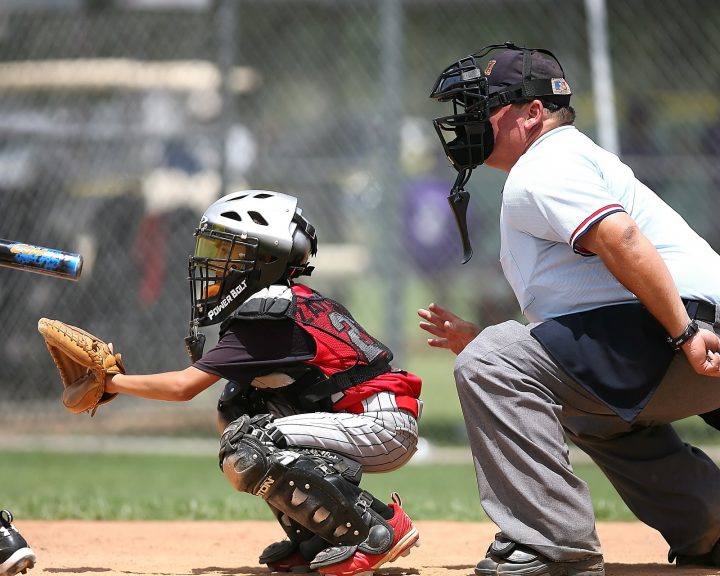In our last post ( https://www.cissik.com/blog/?p=6480 ) we covered how to call signs for the youth catcher. With this post we’re going to cover how to receive the ball, which is the next step. There are several things that are really important to keep in mind when receiving the ball.
First, we need to be athletic. Depending on what happens, a pitch ay result in several things that a catcher needs to react to. The catcher will need to catch the ball and possibly frame it. He might have to throw the ball to first base in the event of a dropped third strike. The catcher may have to block a ball in the dirt. A passed ball may have to be chased down. Finally, the catcher may need to throw the ball down to a base in the event of a steal attempt. So it’s important that the catcher receives the ball in an athletic stance so that they can be able to respond to what is going on during the game.
Second, the umpire needs to be able to see the pitch. Nothing is more frustrating then having a great strike that the umpire couldn’t see because the catcher was obstructing the umpire’s view. This means that the catcher has to set up low enough so that the umpire can see what is going on.
Third, the pitcher needs a good target to pitch to. Major League catchers have a lot of really cool receiving stances (on one knee, doing the splits, etc.). There is an important difference which is why I don’t let youth catchers do this: Major League catchers have Major League pitchers pitching to them. This means there is an expectation of the correct pitch to the correct location being thrown. Recall that we can’t count on this in youth baseball, which means needing to focus the catcher on a more fundamental stance.
Finally, the catcher needs to stay healthy and ensure the success of the pitch. There are two thoughts with this. First, the throwing hand needs to be protected. It should be either behind the catcher, or in certain circumstances behind the glove. Second, the catcher should set up at least an arm’s length away from the batter’s back knee. Young catchers try to creep up and get right behind the plate, which can result in their getting hit by the bat and obstructing the batter.
With the above in mind, we want the catcher to set up an arm’s length away from the batter’s back knee. The catcher’s feet should be between hip-width and shoulder-width apart when receiving the ball. The catcher’s weight should be on the middle of their feet or their heels (not the toes). They should be square with the pitcher, with the glove and glove arm extended. If we are placing the pitches, then they should line up where they want the pitch to go (for example, if we want the pitch to go to the right side of the plate then the catcher should line up behind the right side of the plate). The throwing hand should be behind their back or, if there are runners on the bases, it could be behind the glove to help with the throwdown. In either location, it should be protected from the pitch or a foul ball.




